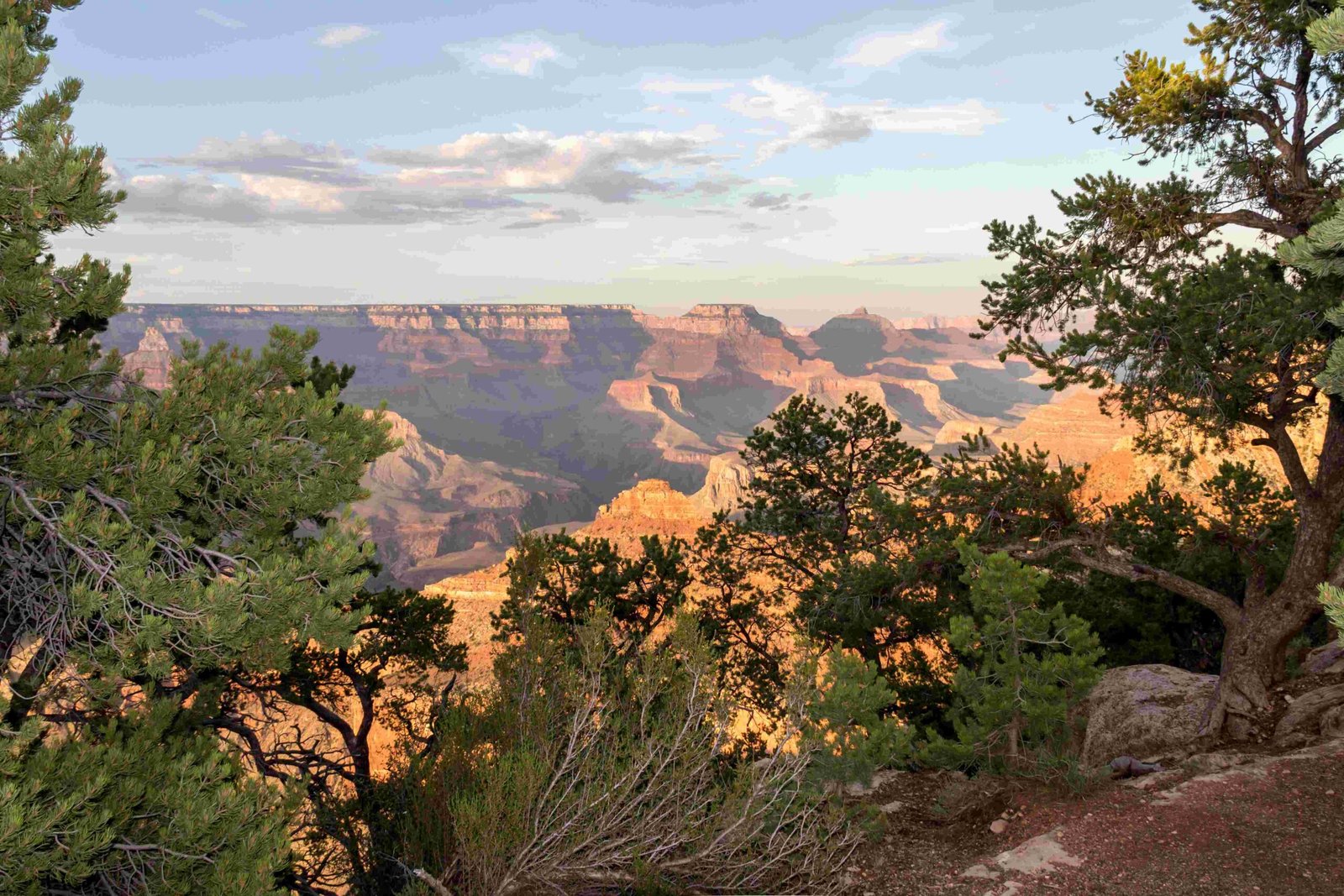The Grand Canyon strat column represents a remarkable geological archive spanning nearly 2 billion years, showcasing three primary rock sets: ancient Vishnu Basement Rocks, the Grand Canyon Supergroup, and Layered Paleozoic Rocks. This extraordinary stratigraphic sequence provides geologists with an unparalleled window into Earth’s complex geological evolution, revealing dramatic transformations from volcanic island chains to sedimentary landscapes through intricate rock formations and tectonic processes.
What Comprises the Grand Canyon Strat Column?

How Are Vishnu Basement Rocks Structured?
The Vishnu Basement Rocks form the foundational layer of the Grand Canyon strat column, representing ancient metamorphic and igneous formations dating back approximately 1.8 billion years. Key characteristics include:
- Age Range: 1,375–1,840 Million Years (Ma)
- Original Formation: Volcanic island chains
- Current Orientation: Subvertical due to intense metamorphic folding
- Composition: Metamorphosed volcanic and sedimentary rocks
What Defines the Grand Canyon Supergroup?
The Grand Canyon Supergroup represents a complex sedimentary sequence divided into two primary groups:
- Unkar Group
- Deposited between 1,255 and 1,082 Ma
- Sediments originating from proto-Texas mountain regions
-
Associated with Rodinia supercontinent assembly
-
Chuar Group
- Deposited between 729 and 755 Ma
- Formed in shallow inland seaways
- Includes Kwagunt and Galeros formations
What Characterizes Layered Paleozoic Rocks?
Layered Paleozoic Rocks represent a diverse sedimentary sequence capturing multiple environmental transitions:
| Formation Type | Age Range | Thickness | Depositional Environment |
|---|---|---|---|
| Sandstones | 530-270 Ma | 900-1,500 m | Shallow Oceans |
| Shales | 530-270 Ma | Variable | River Deltas |
| Limestones | 530-270 Ma | Varied | Coastal Plains |
How Did Geological Processes Shape the Grand Canyon?

What Drove Sediment Deposition?
Sediment deposition occurred through multiple phases:
- Precambrian Era: Rift basin formations during Rodinia’s assembly
- Paleozoic Era: Shallow marine and coastal plain environments
- Tectonic Uplift: Colorado Plateau elevation (70-30 million years ago)
- River Downcutting: Colorado River carving process (5-6 million years ago)
What Techniques Reveal Stratigraphic Insights?
Geologists employ sophisticated methodologies to understand the Grand Canyon strat column:
- Radiometric dating techniques
- Zircon analysis
- Detailed stratigraphic column visualization
- Comprehensive field observations
What Makes the Grand Canyon Strat Column Unique?
The Grand Canyon strat column’s uniqueness stems from:
- Unprecedented geological time representation
- Multiple unconformities revealing significant geological gaps
- Complex tectonic transformation evidence
- Diverse rock type preservation
Practical Exploration Considerations
- Accessibility: National Park Service educational programs
- Tour Options: Guided geological expeditions
- Preparation: Physical fitness and safety awareness
Conclusion
The Grand Canyon strat column represents more than a geological cross-section—it’s a living narrative of Earth’s transformative journey, capturing billions of years of planetary history within its intricate rock layers.

